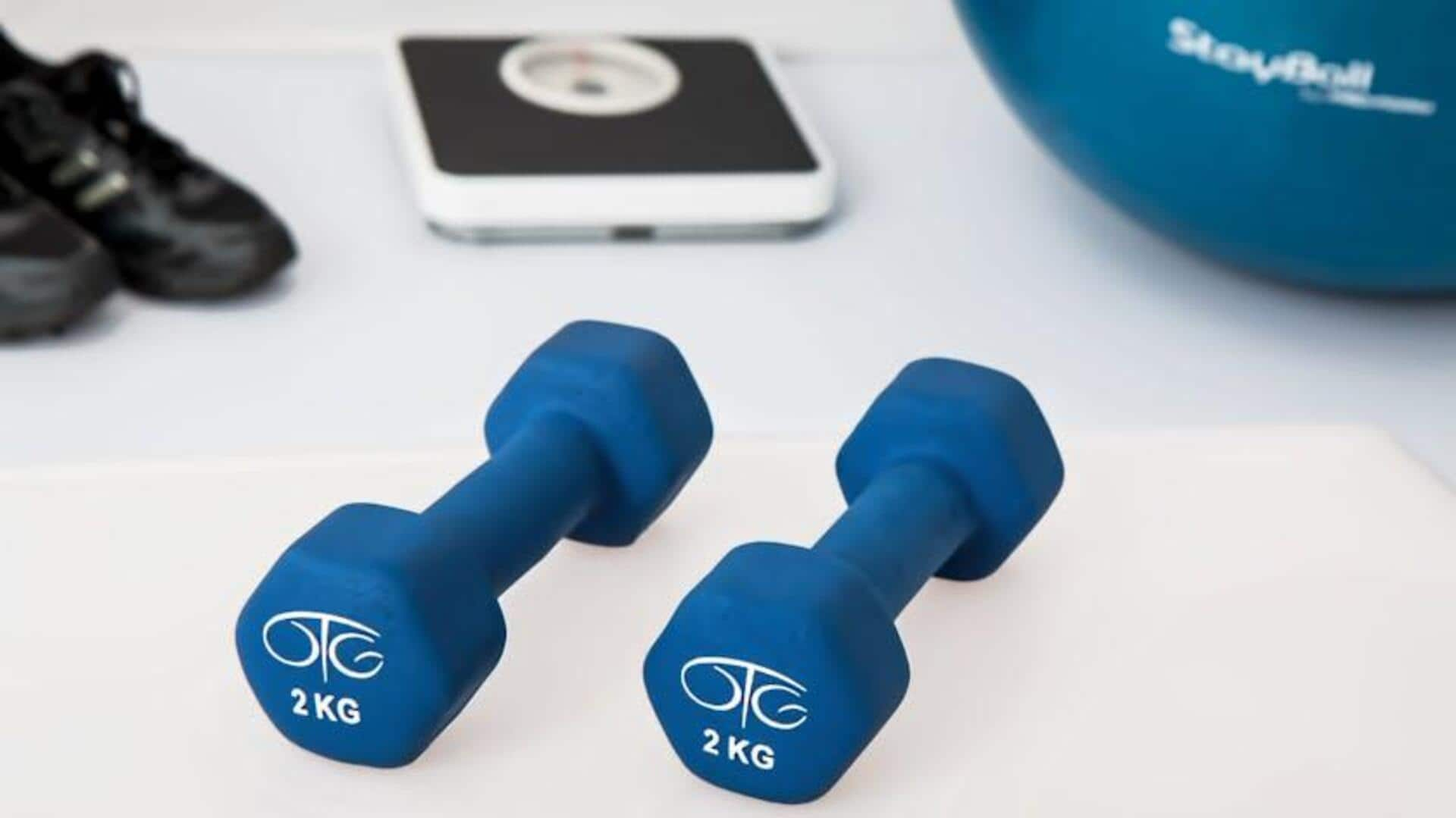
Do these back workouts for better mobility
What's the story
African workouts are famous for their dynamic movements and cultural roots. These exercises are not just a way to stay fit but also a peek into the continent's rich heritage. The workouts concentrate on mobility and flexibility, making them ideal for anyone looking to improve their back health. By including these traditional techniques in your routine, you can improve your posture and relieve back pain.
Dance moves
Dance-inspired moves for flexibility
Dance-inspired moves are an integral part of many African workouts, as they emphasize fluidity and grace. These moves involve rhythmic body movements that can enhance flexibility and loosen tight muscles in the back. Regular practice of these dance sequences can result in improved range of motion and reduced stiffness in the spine.
Ground exercises
Ground-based exercises for strength
Ground-based exercises are a staple of African workouts, focusing on building strength from the ground up. These exercises usually include pushing, pulling, and balancing on the floor, which engage core muscles and support the back. By strengthening these muscle groups, you can improve your posture and reduce the risk of injury.
Breathing techniques
Breathing techniques for relaxation
Breathing techniques are an important part of many African workout routines, as they promote relaxation and mental focus. Deep breathing exercises help reduce stress levels, which can contribute to muscle tension in the back. By incorporating these techniques into your workout regimen, you can achieve a more relaxed state of mind, which indirectly benefits your back health.
Balance exercises
Balance exercises for stability
Balance exercises are key to African workouts, as they improve stability and coordination. These exercises usually involve standing or moving on one leg or uneven surfaces, which challenge the body's balance systems. Improved balance not only helps with daily activities but also reduces strain on the lower back by ensuring proper alignment during movement.